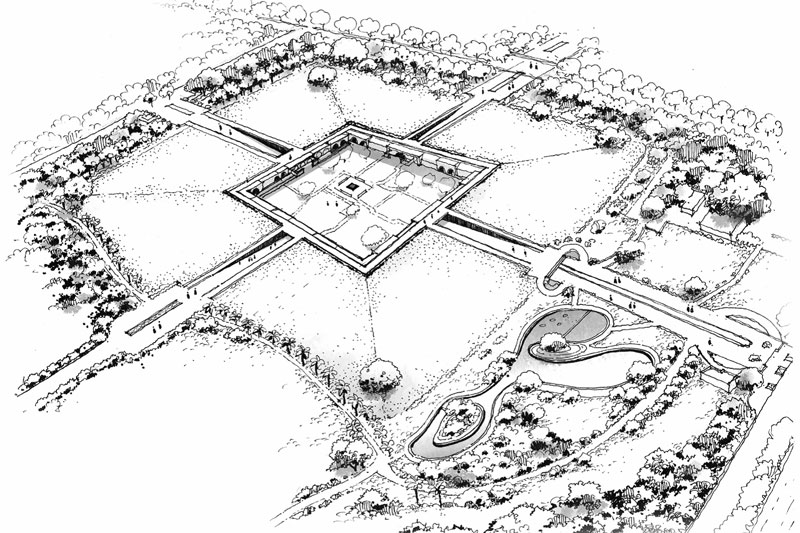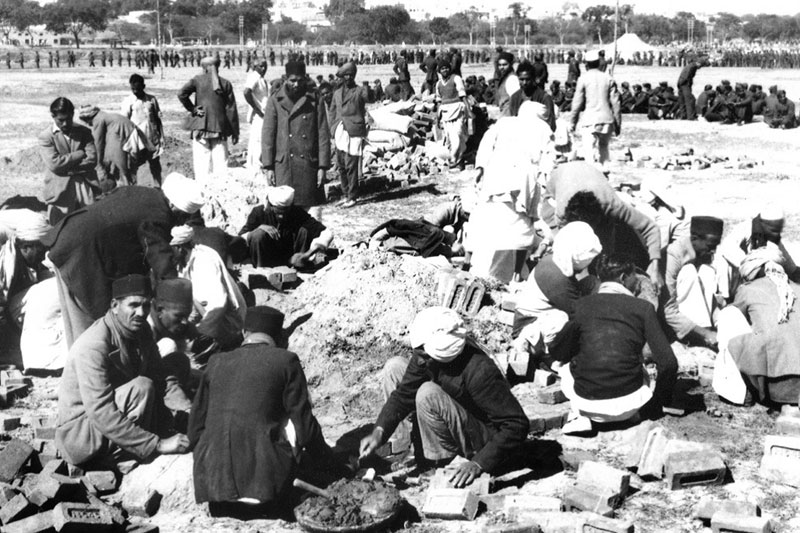Design
When Landscape Became King | Venugopal Maddipati
LA 53 |
|
| A look into how Rajghat was once much more than the place of cremation of Mohandas Karamchand Gandhi and its significance in the strife over sovereignty in Post-Independence Delhi. Under the many layers of Gandhi's memories, one discovers the site is more than what meets the eye. |
|
 |
|
The site of Rajghat, or the king's bank by the Yamuna river, is only too well-known, in the present, as the place of the cremation, in 1948, of the Indian political leader and non-violent revolutionary, Mohandas Karamchand Gandhi.
But it was not always that way. With a little bit of curiosity and imagination, one can vault past the more immediate, settled contours of the Gandhian history of Rajghat, and convey oneself into the presence of a far more antiquated landscape. One only has to leaf through the pages of Dastan-e-Ghadar: the poet ZahirDehlvi's eyewitness account of the events of 1857 in Delhi, to learn that the moniker Rajghat is an old one.
In Dehli's remembrances, a bathing ghatwas once emplaced adjacent to the RajghatDarwazawhich was one of the many gates of the Mughal city of Shahjahanabad, closer to the southern flank of the Red Fort.2 It is here, in 1857, at the bathing ghat by the RajghatDarwaza, at a short distance from what is today known as the Sunehri Masjid, that baghisawar, or rebel cavalrymen, had marched into the then British-requisitioned city of Shahjahanabad.
Walking north-west, as the crow flies, from what is presently Gandhi's memorial at Rajghat, towards the area closer to Sunehri Masjid and also closer to what is today known as the GhumshudaTalash Kendra, NayiKotwali, Daryaganj, one is apt to find oneself in the thick of place-markers that may have once hearkened, in the memories of individual witnesses, to a revolution against the authority of the British East India Company. In short, beneath the soft skin of a more recent Gandhian history at Rajghat, there may well lurk deeper veins of memory related to the strife over sovereignty in the nineteenth century. One merely has to wander away from Rajghat in the general direction of the city of Shahjahanabad, and seek more discerningly for these deep veins of memory...
|
|


|
|

|
|
|
|
|